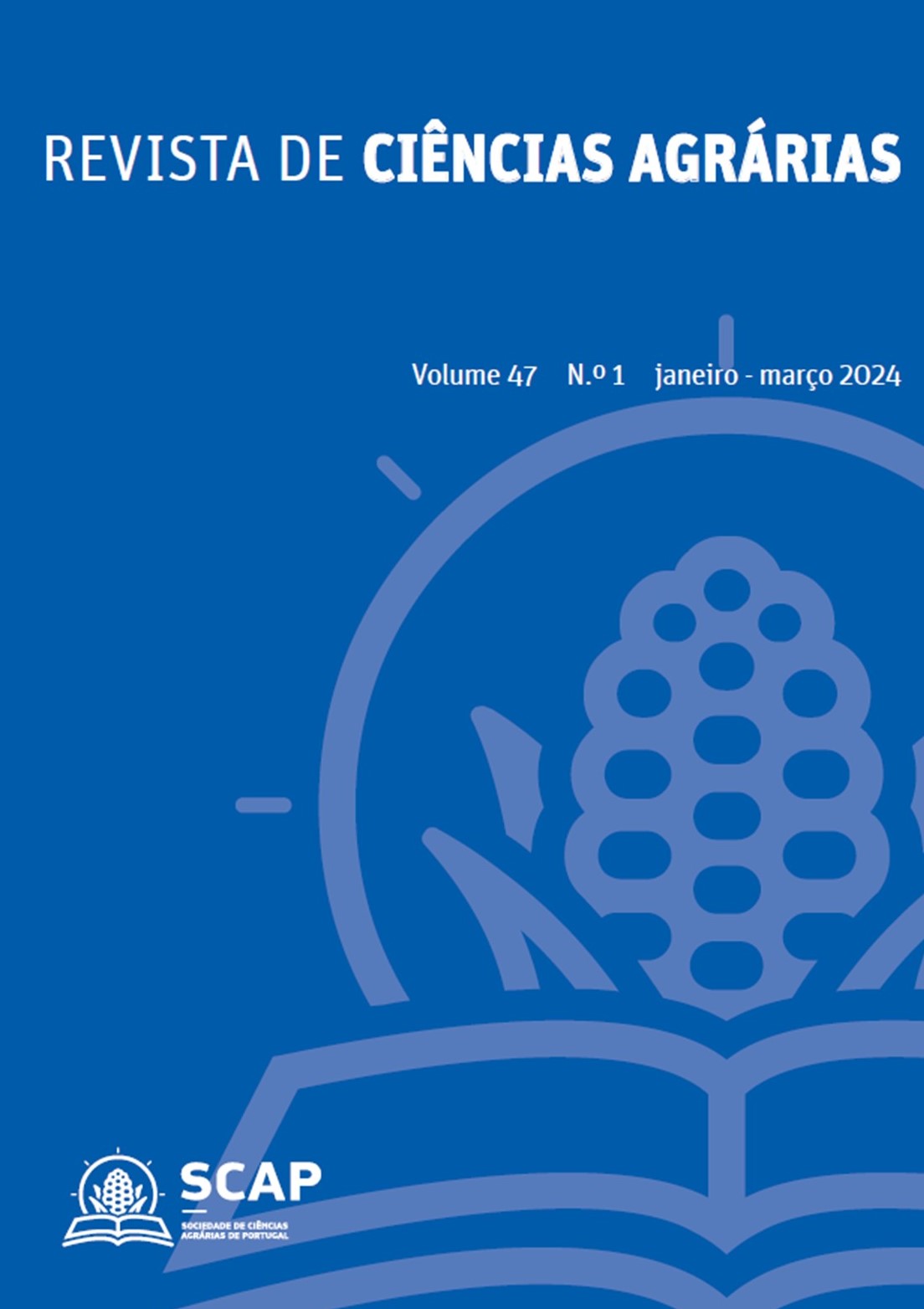Predictive Emergence Model of Russian Thistle (Salsola tragus)
DOI:
https://doi.org/10.19084/rca.35131Abstract
Russian thistle (Salsola tragus) is a troublesome weed in different semi-arid regions around the world. Predicting the timing of S. tragus emergence is crucial to optimize its management in both fallow and spring wheat fields. The objective of this research was to develop and validate a predictive model for S. tragus emergence under field conditions. Seedling emergence was studied in a field experiment with multiple soil sensors to calculate the thermal time (TT), estimated as growing degree days (GDD) in the study area. The TT model fit to the experimental data using a Weibull function, described S. tragus cumulative emergence accurately. For model validation, three independent field experiments were conducted, two in fallow and one in spring wheat. The cumulative seedling emergence was also predicted accurately with these new set of data (R2 = 0.99 and 0.96 for fallow fields and 0.77 for the spring wheat field), supporting the idea that this model is robust and can be used as a predictive tool for S. tragus seedling emergence. According to this model, seedling emergence starts at 5 GDD, and 50% and 90% emergence is completed at 56 and 197 GDD, respectively. The model offers a valuable tool for optimizing herbicide programs in wheat-fallow rotations to manage S. tragus. It also has the potential to reduce herbicide applications and costs and contribute to more sustainable agro-system management. Further validation under different conditions will be needed to fine-tune S. tragus control in other areas.


